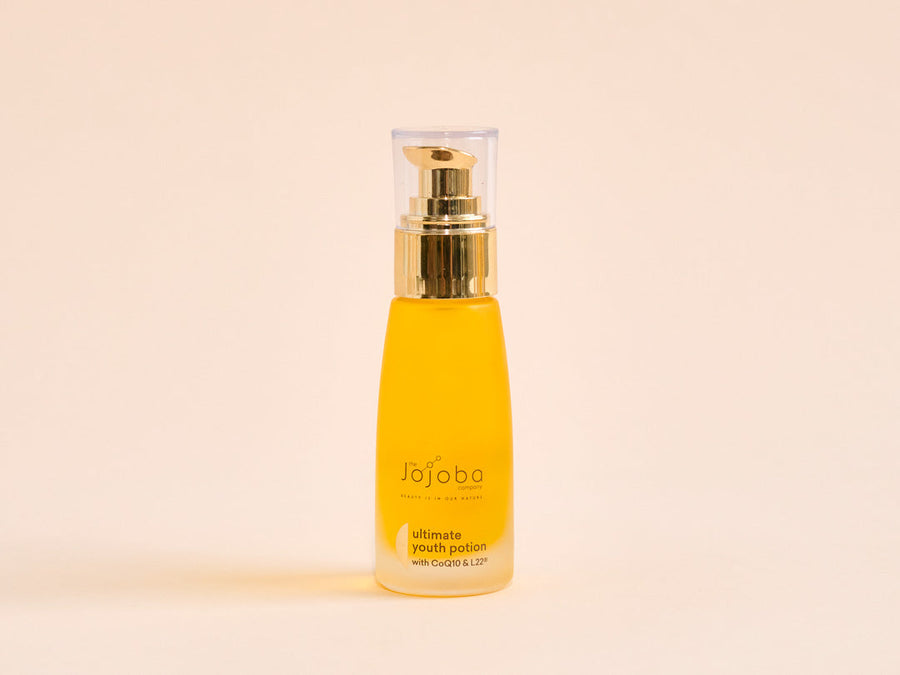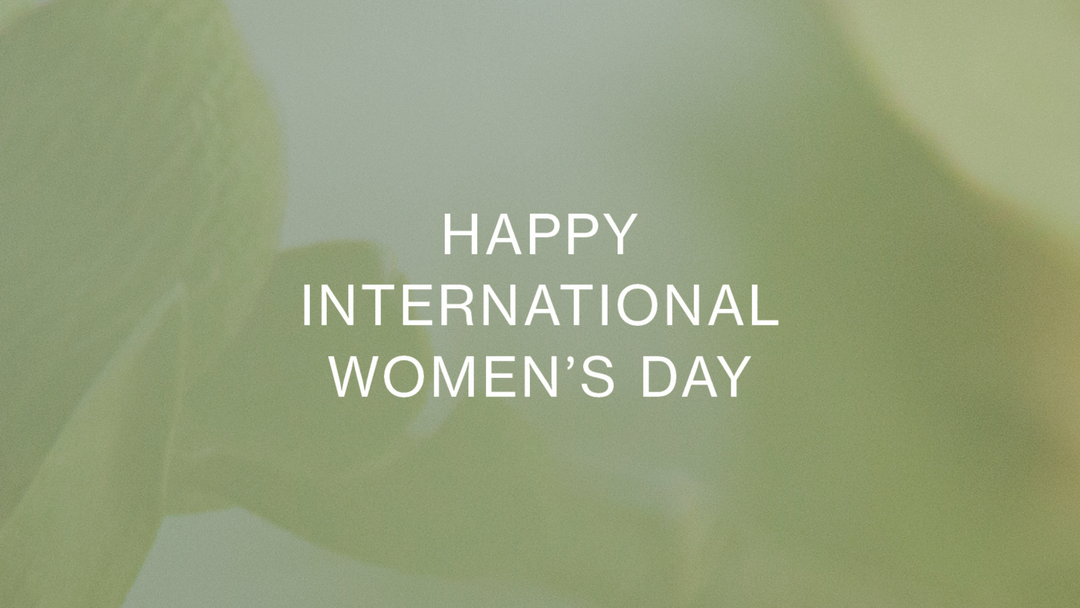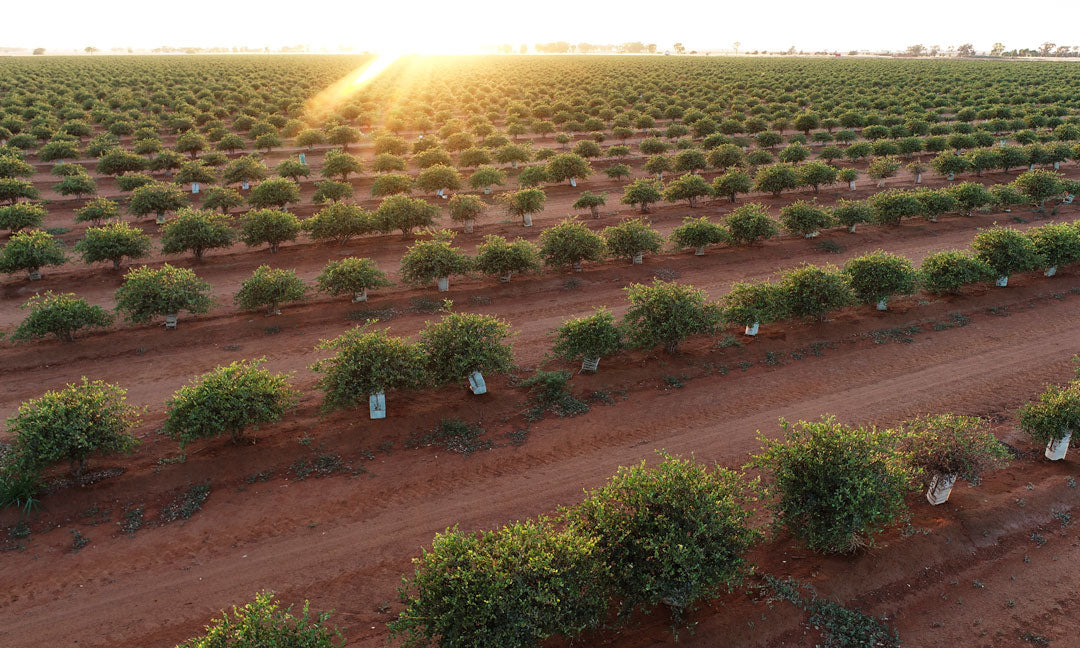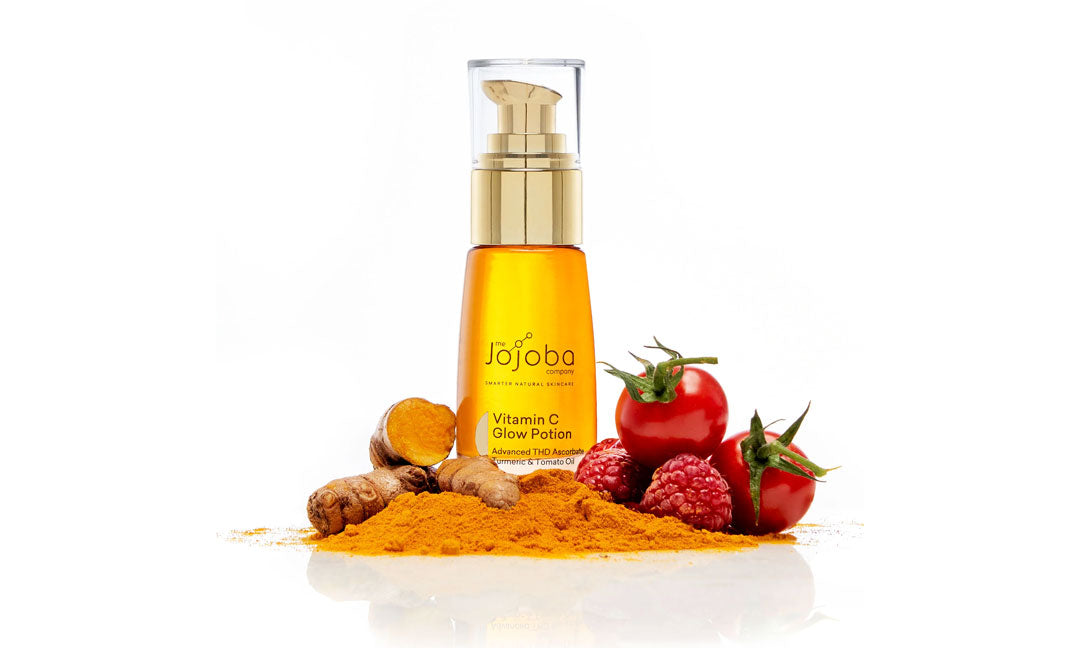Australian Wadi-wadi Jojoba Harvest Story

Jojoba Harvest Story Recap
Early last year in 2021, Leigh Campbell joined us for a tour of our Beresford Farm during harvest time. An avid user of our natural Australian Jojoba since her mid 20’s, the executive editor of Mamamia, and friend of ours, was incredibly excited to learn more about our bean to bottle process. Leigh wrote about the experience for Mamamia, reflecting on her visit to the farm, her own personal journey with Jojoba and her favourite Jojoba products.
Leigh Campbell’s Jojoba Journey

Leigh started her journey with The Jojoba Company in her mid 20’s, when she started to develop hormonal breakouts around her jawline. Her skin type is oily, so she wanted to find a product that worked with her skin, instead of stripping it of its natural oils.
After much research, and the testing of many unsuccessful products, she finally came across our natural Wadi-Wadi Australian Jojoba. Jojoba, which is technically a liquid wax ester - not an oil - had worked well with Leigh’s skin, calming her breakouts and regulating oil flow.
Since then, Leigh has reaped in the benefits of our natural Australian Jojoba by using it in various ways, including to calm mosquito bites, soothe sunburn and remove stubborn makeup. “It truly has so many uses. I even use a big slurp in my bath and use it on my toddler too.” Leigh wrote for Mamamia. Read about the 100+ ways you can use Jojoba here.
Leigh’s Visit To The Beresford Farm
Leigh joined us at the farm during our harvest time, which usually occurs once a year around February or early March.
When it’s time for harvest, it means the beans on our Jojoba trees are mature enough to drop to the ground, ready to be collected. Before collection however, they are left to dry out in the sun, which helps to concentrate the purity of the golden wax inside - our much-loved Wadi-Wadi Australian Jojoba.
As described in Leigh’s article, the process goes as such: we carefully shake the trees using a shaker, then sweep them up using a sweeper harvester. The beans are collected, washed and sent for crushing.
Leigh spoke highly of her harvest experience at the Beresford Farm: “It’s a slow and love-filled process which gave me a whole new appreciation for the brand and products.”
Leigh’s Favourite Jojoba Products
Leigh has tried many of our skincare products, including ourWater Toning Mist,Ultimate Youth Potion,Ultimate Serum andTransformative Eye Serum.
But when it comes time to pick her favourite TJC product, there’s a clear winner: “I can’t pick a personal favourite, BUT I will say that Australian Jojoba has been in my cabinet for a decade - I am never without a bottle.”
A multifaceted product, our natural Australian Jojoba lies at the heart of our entire skincare range, providing various benefits for the skin.
The Beresford Farm and Our Iconic Australian Jojoba
The golden liquid inside each of our signature bottles of Australian Jojoba is carefully handcrafted using only the finest jojoba beans from our family-owned farm in Yenda NSW, which we call Beresford Farm.
Managed by our Farmer Dan, the trees on our Beresford Farm are delicately cared for all year round, until our annual harvest. Once collected, they’re extra virgin cold pressed and filtered 14 times for absolute purity.
We manage every step of the process, ensuring each bottle of Jojoba is of the highest quality.
With a product that is natural, cruelty-free and vegan friendly, what more could you want?
Read more about our Beresford Farm, here.
NEW Australian Jojoba value size

With a convenient pump lid, our newAustralian Jojoba 6.8fl.ozis the perfect product for Jojoba-enthusiasts. This larger sized bottle easily disperses Jojoba straight into your hands, making it easier to apply all over the body, on to your hair and of course, your face!
Shop our 6.8 fl.oz Australian JojobaStart your Jojoba journey today, try ourWadi Wadi Australian Jojoba 1.0 fl.ozfor just $19.95
You can read Leigh Campbell’s original article on Mamamia here.
